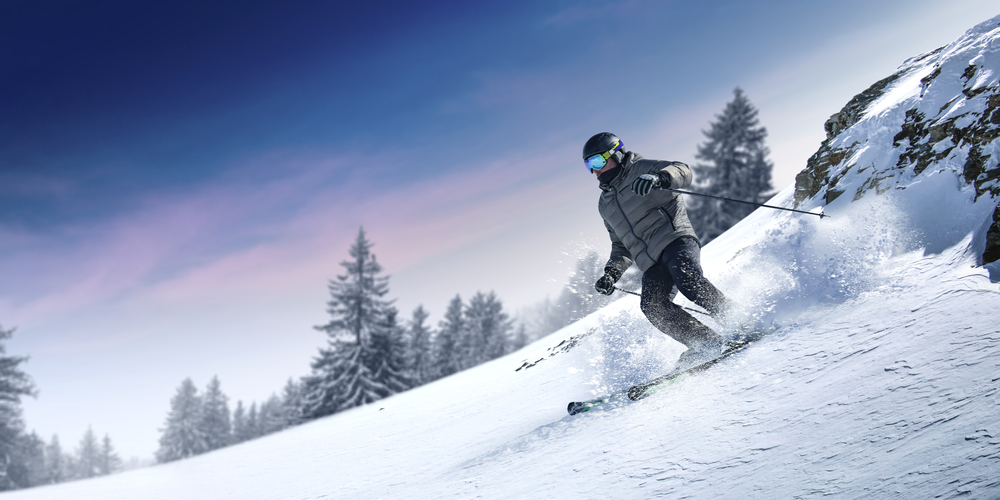Speeding down the slopes this ski season? Here’s how to reduce your risk of injury by learning how to take a tumble safely.
For many, the first snowfall of the winter means one thing: skiing season has begun. Hitting the slopes is a great way to stay fit during the colder months, but given the high speed of the sport and crowded runs come January, it’s not uncommon for skiers to take an occasional fall.
Fortunately, proper preparation can reduce your chance of getting injured while skiing. Dr. Popovitz and Dr. Mizhiritsky believe that the key to staying safe on the mountain is learning how to fall the “right” way. The doctors share some of their favorite tips on how to keep your ski season from being cut short by a dangerous crash.
1. PRACTICE PROPER FALL TECHNIQUES
Falling can be scary, which is why it’s important to prepare your body to protect itself. It might seem counterintuitive, but you can train yourself not to panic or seize up when you begin to fall. This helps your body stay more flexible, preventing injuries such as ACL tears, spinal injuries, and shoulder dislocations. Start by practicing without your equipment, and test out different strategies as you fall forward or backward.
2. DON’T USE YOUR HANDS
It’s a common reaction for skiers to try to break a fall using their hands. However, this misguided instinct can lead to fractured wrists or other painful hand injuries. Instead, try using your forearms to brace yourself, or roll onto your side to minimize the stress on your hands and wrists.
3. SPREAD OUT THE IMPACT OF YOUR FALL
To do the least amount of damage, your body should hit the ground with the maximum surface area. If possible, try to spread out the impact of your fall by rolling onto your side. This prevents one body part (such as your arms or legs) from bearing the brunt of your weight and suffering a debilitating injury.
4. WHEN FALLING FORWARD, DO A FRONT ROLL
If you find yourself falling head first, your first instinct is of course to protect your face. However, instead of putting out your hands and risking a wrist fracture, attempt to turn your body forward into a front roll. Focus on putting the majority of your weight on your shoulder or side. As you roll, it’s important to avoid landing on your head or neck, which can result in painful neck injuries.
While learning how to fall can help you avoid serious injuries, it’s also essential to use proper equipment and protective wear. Never hit the slopes without your helmet, and be sure to have your skis checked regularly for loose bindings or other common issues that can pose a safety hazard.
If you do injure yourself while skiing, an orthopedic specialist or physical therapist can help you get back to peak condition. Schedule a consultation with Dr. Popovitz, Dr. Mizhiritsky, or one of our other top physicians at New York Bone & Joint Specialists to develop a personalized treatment plan and get on the road to recovery.




